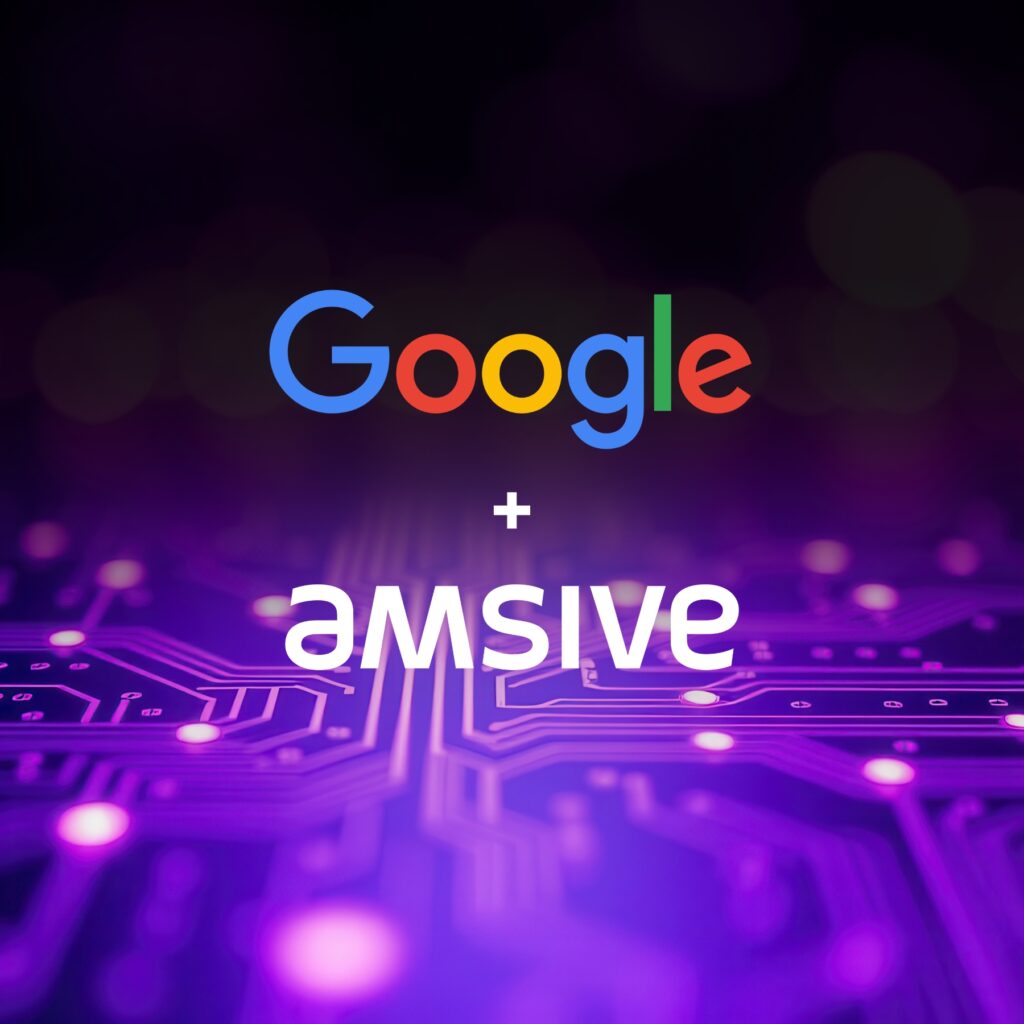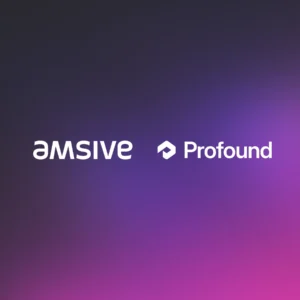Maximize your retargeting efforts across multiple channels.
Retargeting became a staple ingredient to most marketing strategies for a reason: its effectiveness was undeniable.
Retargeting (also known as remarketing) is a form of advertising that helps marketers keep their brand in front of customers even after they have exited their website. The most common form of retargeting is display ads[amsive_tooltip term=”banner-ad”]. However, today’s technology has taken retargeting to the next level.
Advertisers are now able to reach customers across multiple channels: web search, email, and direct mail (you’ve read that right)[amsive_tooltip term=”marketing-mix”]. You can choose to stick to one channel or use one in conjunction with another.
Let’s break down how each channel can help you maximize your retargeting efforts.
Web Search
Digital was the first platform marketers have adopted and used for retargeting. Through online retargeting, advertisers were able to put a relevant ad in front of consumers regardless of where they are browsing on the web whether it be social media, video streaming platforms, blogs[amsive_tooltip term=”blog”] and content publishers, apps, and more.
Ad formats come in different variations including dynamic, texts, sounds, images, and video. Add this along with urgency and relevant placements, retargeting proved to produce outstanding results.
Probably the cheapest and quickest way to follow up with website visitors is through email. Especially for ecommerce sites, email retargeting makes it a breeze to remind shoppers of their abandoned carts or visited product pages.
Advertisers have spent so much time and effort in growing their email database, which makes it a robust source for retargeting. Also, with the availability of advanced analytics tools allowing customer segmentation[amsive_tooltip term=”segmentation”], it is now easier to personalize email messaging to make it timely and relevant for the recipient.
Direct Mail
The introduction of direct mail technology has bridged the gap between online and offline marketing.
Data gathered from analytics (like browsing activity) have helped advertisers in determining and further understanding customer intent[amsive_tooltip term=”intent-signals”], which then in return has allowed them to send personalized messages through direct mail. Ideally, it should be sent 48 hours after they have visited the website.
Direct mail marketing has always outperformed other channels when it comes to delivering ROI (return on investment). For one, direct mail can be personalized and delivers a more intimate experience to the customer. Second, as humans, we are inclined to appreciate something tangible versus digital.
According to writer and researcher Roger Dooley, humans find it easier to process direct mail since it uses 21 percent less cognitive effort compared to its digital counterpart. The brain absorbs information faster from something physically present (like a letter or book) as compared to something they read off the screen.
Direct mail has driven a strong return on ad spend. Having targeted audiences and not having to deal with pop-up ad blockers or spam folders, it appears to have a stronger hold compared to digital advertising.
In a Nutshell
Consider each channel as you plan your retargeting strategy. There are pros and cons to each, so do your homework. Think about your customer and how they consume information.
There’s no limit. Explore using multiple channels in your retargeting strategy. Playing with an integrated approach (cross-channel marketing) can help you find the right medium and content your target audience would respond to and be able to influence them at any part of the buying journey.






